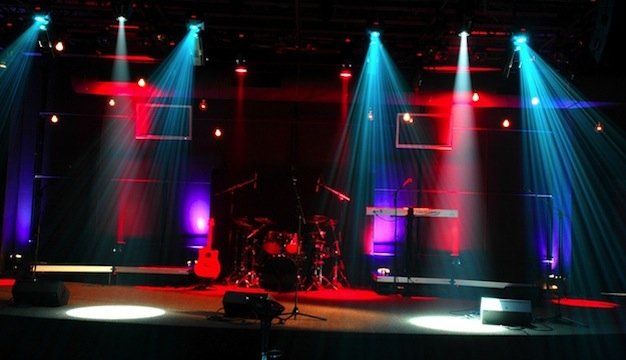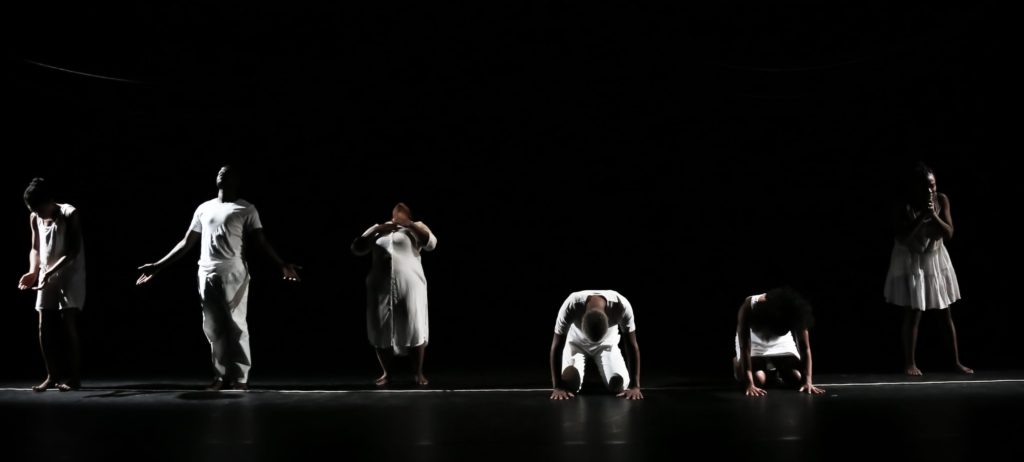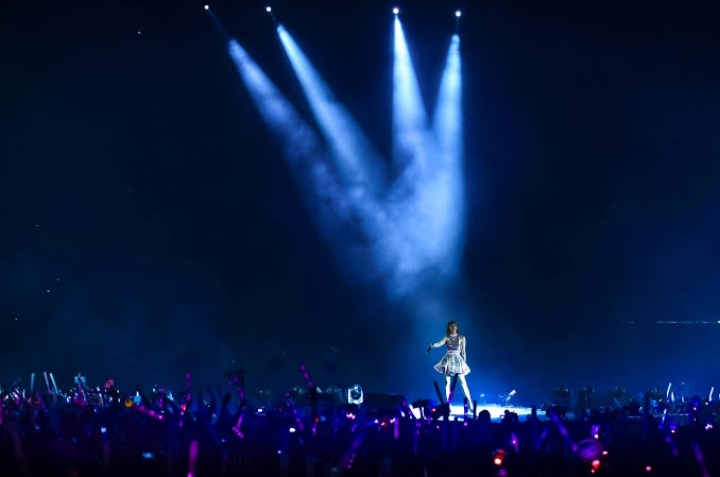Concerts, fights, award shows, and all other grand events involving the public in huge numbers need to be absolutely perfect in one field and i.e. stage lighting. Take an example of the concert, from far far away you can barely see the singer, what you see is the stage. The stage lighting makes the event grand and glamourous.
This glamour doesn’t come easily, it requires a lot of effort to prepare a stage lighting. The reason why everyone puts a lot of effort into this area is that a grandeur stage lighting can turn an average event into a solid night. In this blog, we are going to talk about the basic positions of stage lighting and what else you can use for lighting setup.
There are some terminologies which feel you should know as it will help you in choosing the right lighting for the stage.
Intensity: it is simply the amount of brightness a light source has. High-intensity lighting means a large number of light rays and a great amount of brightness. Remember high intensity light draws more electrical power.
Diffusion: It is the opposite of intensity. Diffusion means to soften the light. There are various diffusion materials such as colorless gel are available to soften the light.
Front Zone
You can relate this lighting with theatre. There the movie is projected from behind, that is the collection of rays is going to the screen. The same applies here, lighting comes from behind the audience and focuses on the stage, mainly the artist. If you want to focus on just yourself rather than the arena then this lighting position is perfect for you.
Sidewise
When working at the center of the stage, front lighting is good but when there is the involvement of movements, we will require some extra lighting. Side lighting helps is in that field. The one who is going to use to use the other parts of the stage as well as apart from the center should opt for side lighting as well.
Two options are there, either you arrange all the lighting side-wise or the mix of center and side lighting. One thing to keep in mind is that there is a chance of having too much lighting due to multiple directions, so keep an eye on it when organizing any event.

High-side lighting
The only difference between these lighting and sidewise is that these kinds of lighting are at high positions and at a certain angle. The impact is such that the lighting focuses more on the upper portion of the artist or you can say totally focus on the upper part of the body. This kind of lighting is mostly used in plays where expressions play an important role.
High-side lighting helps in focusing more on expressions. You can set the lighting on the right side or the left side or even at the center. It totally depends on what you want to get focused on.

Bottom Lighting
As the name suggests, these lights are at the bottom and the audience is supposed to be over them. Check the intensity of the light as it directly gets into the eyes of the audience from the bottom, so closely work in this area. This lighting position is very rarely used as it is not that comfortable for the audience.
Spotlights
These are the most important part of lighting arrangements. It comes with a lot of features. Let me list some for you, firstly you can set the intensity, you can position, and you can even change the colors. These lightings are widely used in dramas or even in concerts when there is a mix of lighting.
The feature of changing intensity is the major highlight as you can set the tone according to the pace of the event. Usually, the introduction starts with a light lighting effect, then increases and ends on a high note. Spotlights play a major role in implementing this setup.

Final Words
In case all these stage lighting looks complicated to you, do not worry, we are going to come up with more lighting blogs to help you out and at the same time, you can avoid all this hard work just by visiting us at Lucky Light House, rest leave it to us.

